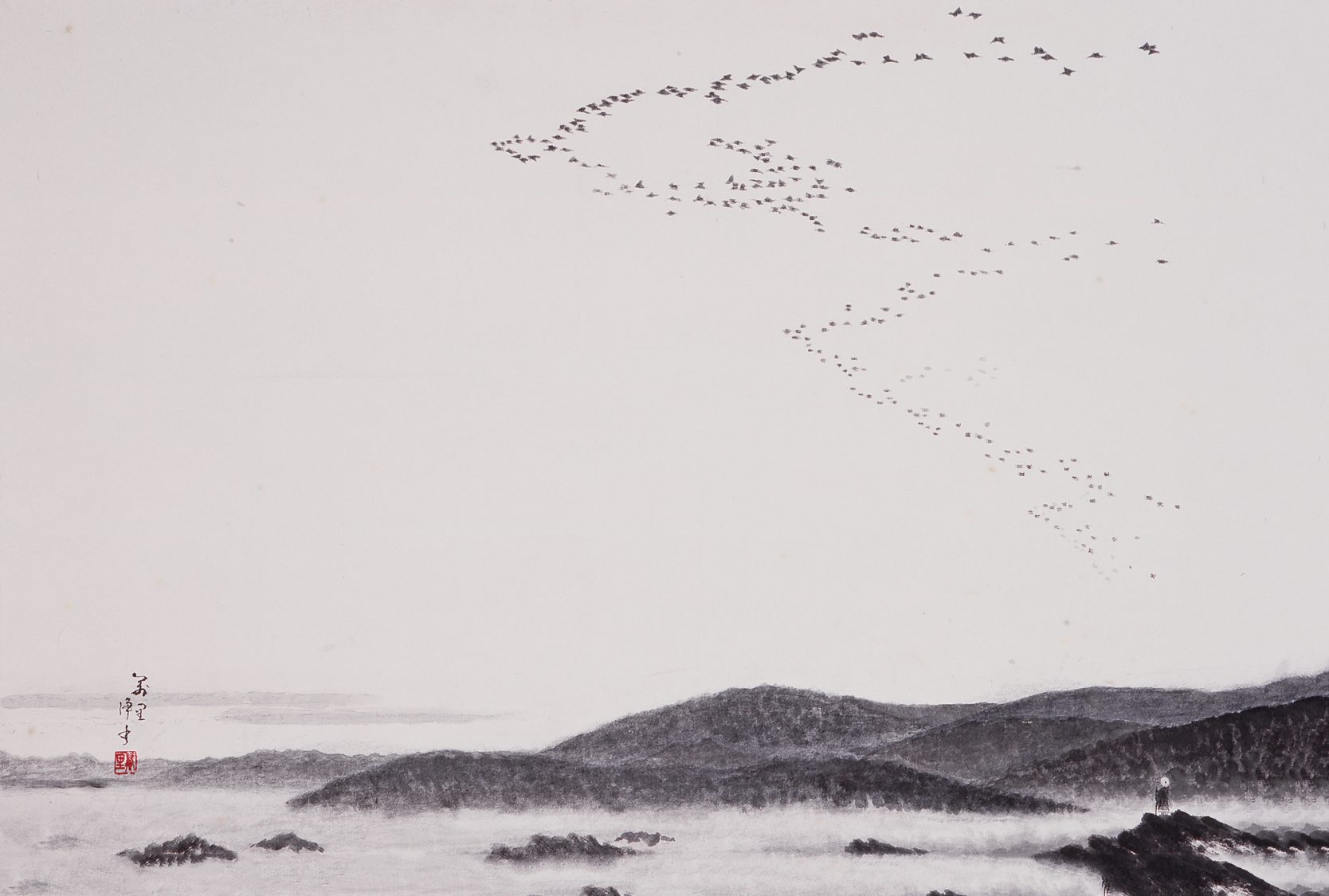What does “form is emptiness; emptiness is form” look like, feel like, taste like, smell like, sound like? By using a text on emptiness—the Heart Sutra—to create forms, Iwasaki Tsuneo (1917-2002) shows us how to perceive ultimate and conventional reality simultaneously, in double exposure.
In his paintings, conventional reality as experienced through the senses is superimposed on the ultimate reality of emptiness and interrelatedness. The intricate details of each form are made visible by invoking the plenitude of invisible interconnections that constitute the universe. Seeing in such double exposure is necessary to act with compassion. The reason for this is simple. You need to hear audible form—a cry—to know that someone needs help and where to go to help them. You need to see visible form—a hand—to know where to reach and feel the physical form to help someone who has fallen. Iwasaki’s aim is for viewers to experience their interrelatedness with that which is ultimately important— everything—and thereby inspire caring. In painting an atom composed of buddhas, he is asserting that in its most fundamental being, everything is made of wisdom and compassion energy; all forms are impulses to support interrelated, ever-changing activity to diminish suffering.
Text and artwork from Painting Enlightenment: Healing Visions of the Heart Sutra by Paula Arai © 2019 by Paula Kane Robinson Arai. Reprinted in arrangement with Shambhala Publications, Inc. www.shambhala.com
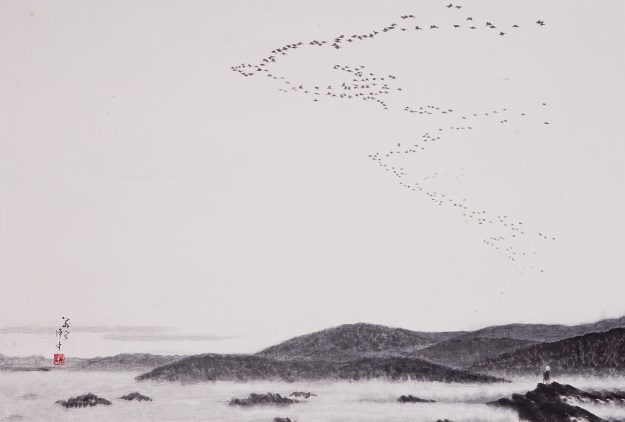
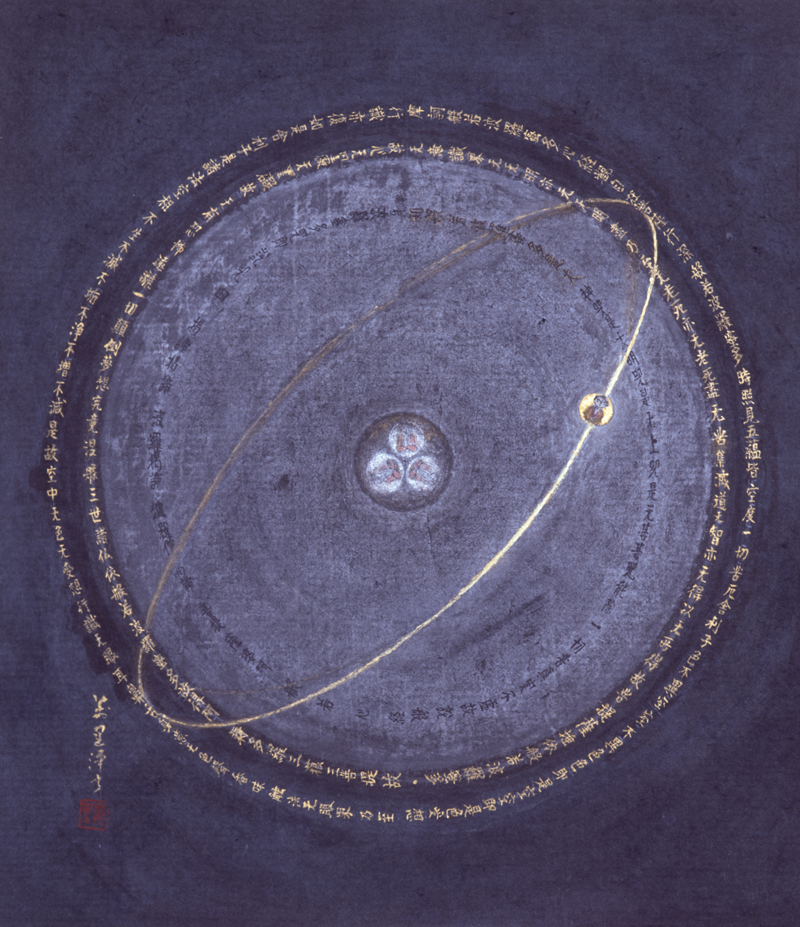
Conventional reality as experienced through the senses is superimposed on the ultimate reality of emptiness and interrelatedness.
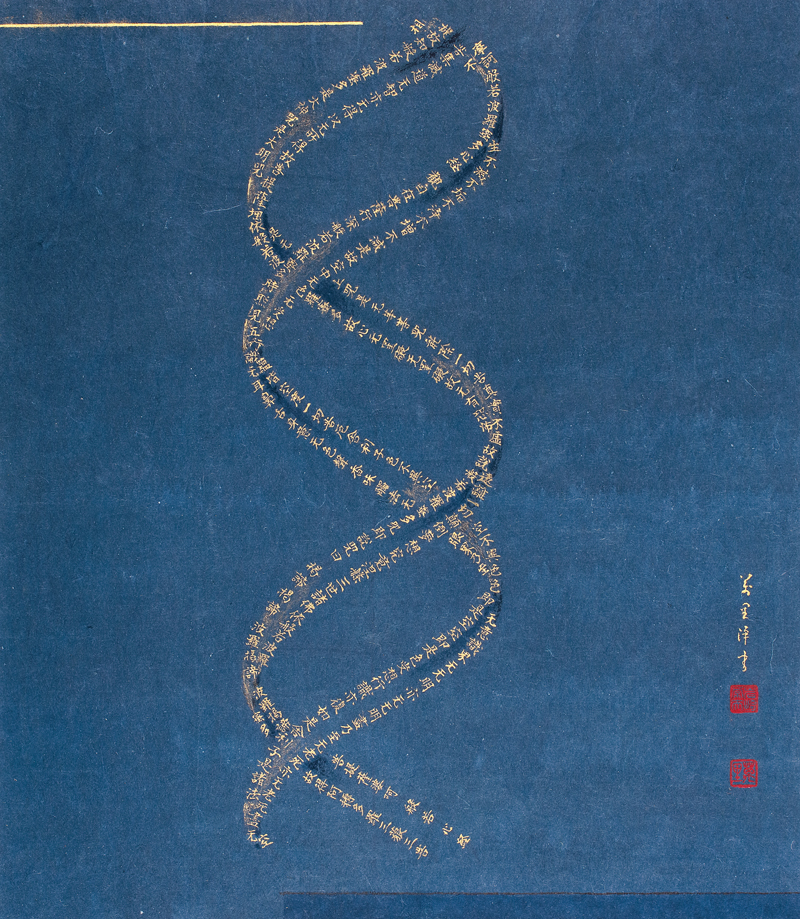
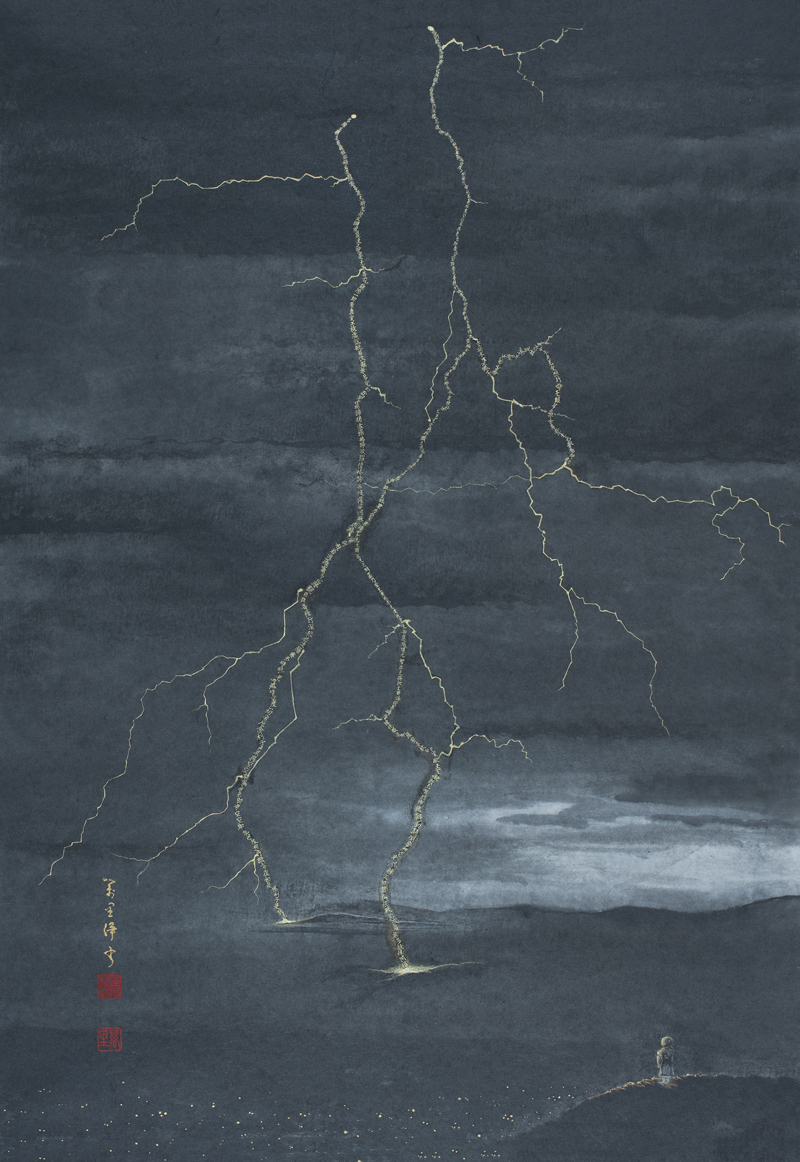
Everything is made of wisdom and compassion energy; all forms are impulses to support interrelated, ever-changing activity.
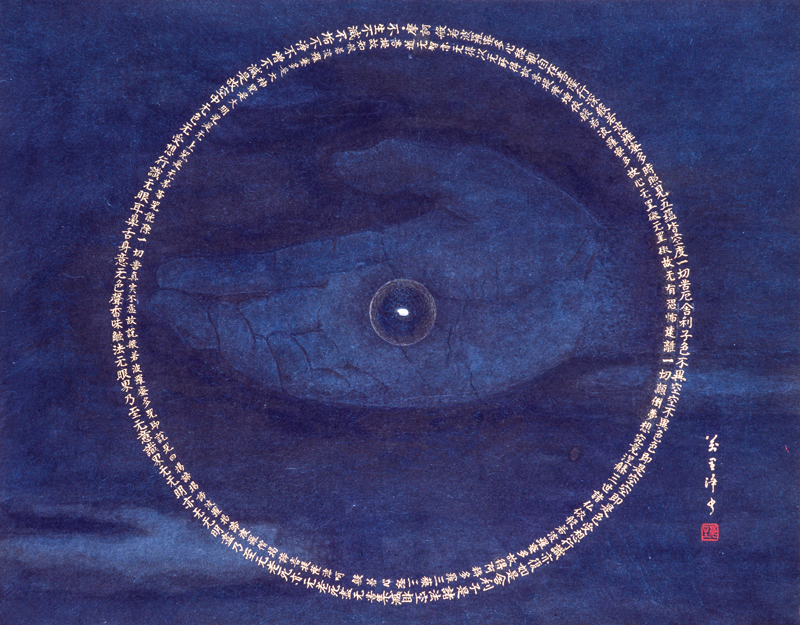
Thank you for subscribing to Tricycle! As a nonprofit, we depend on readers like you to keep Buddhist teachings and practices widely available.
